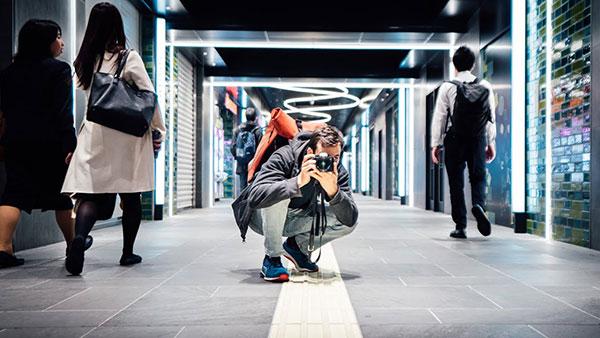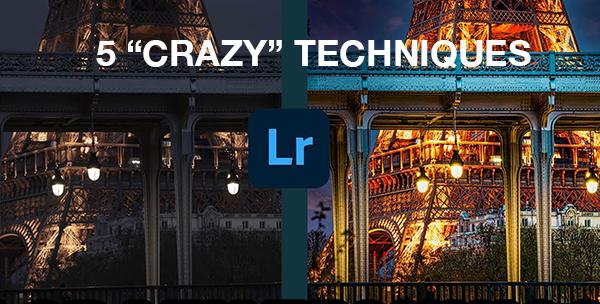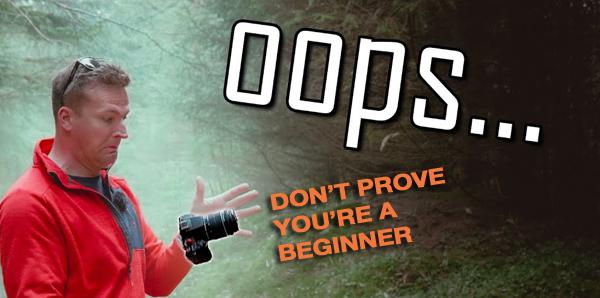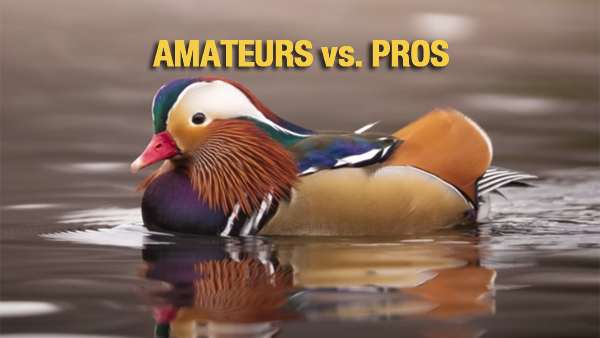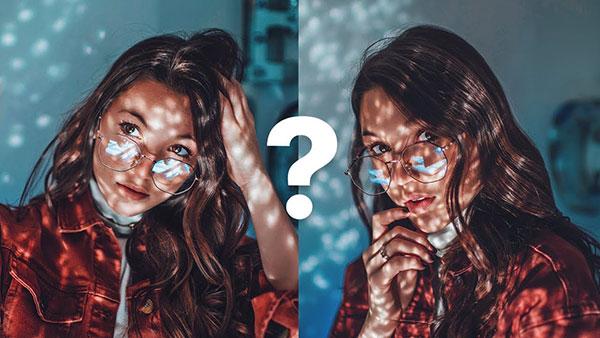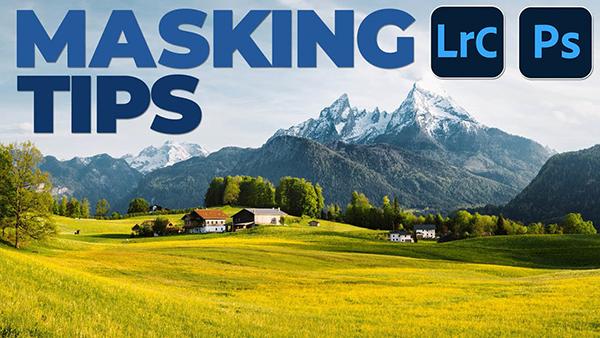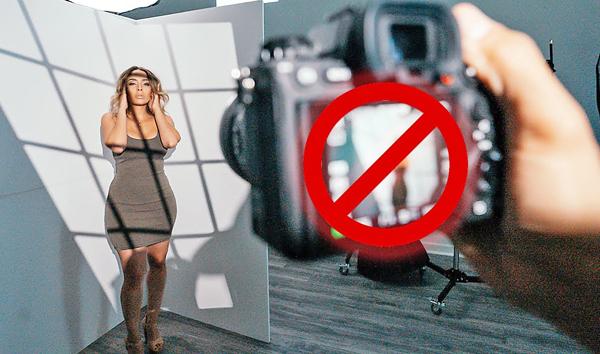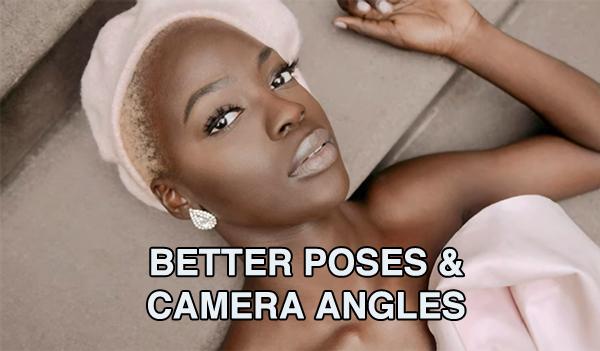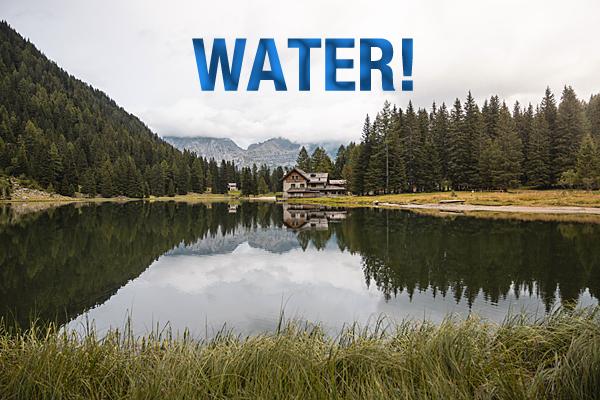Photo How To
Sort By: Post DateTitle Publish Date
|
Dec 05, 2019 |
|
May 10, 2021 |
|
May 01, 2023 |
|
Jan 07, 2022 |
|
Dec 14, 2018 |
|
May 26, 2022 |
|
Feb 10, 2022 |
|
Jul 27, 2021 |
|
Feb 16, 2022 |
|
Aug 09, 2023 |
